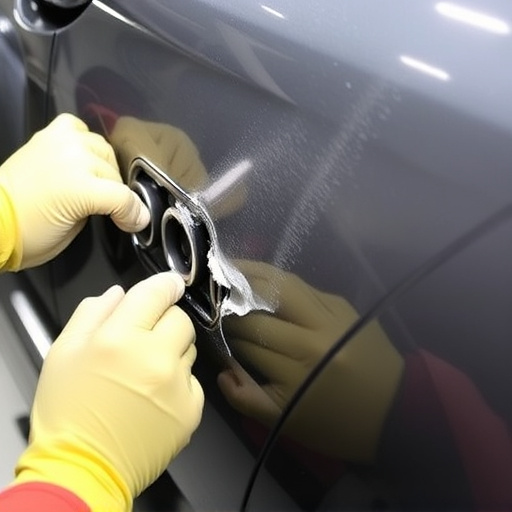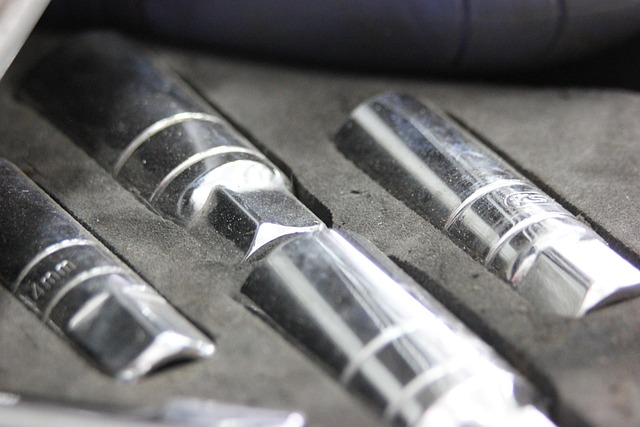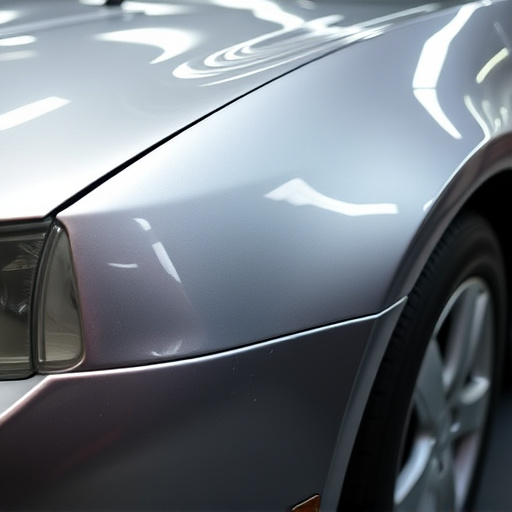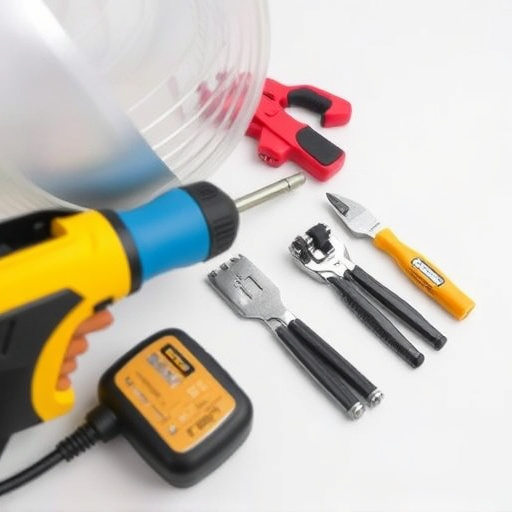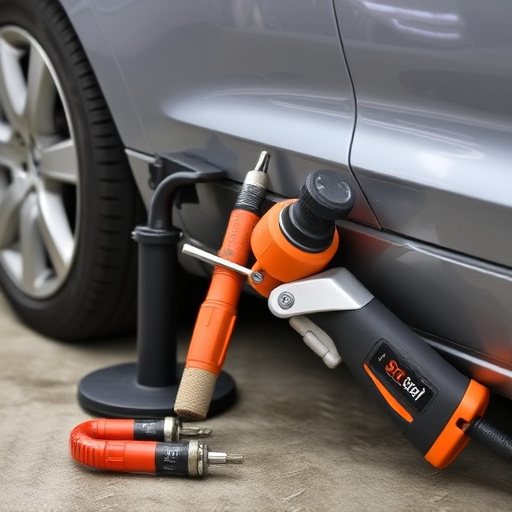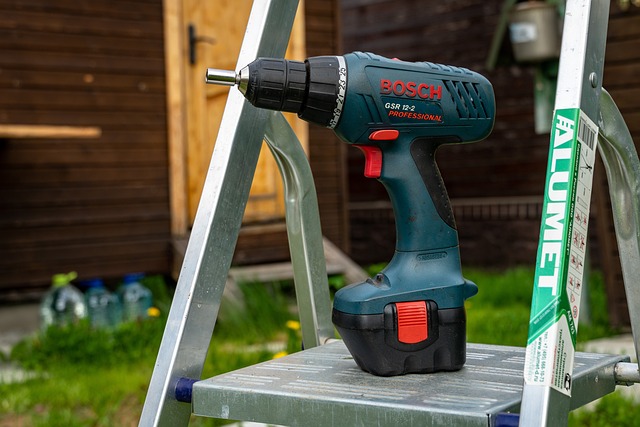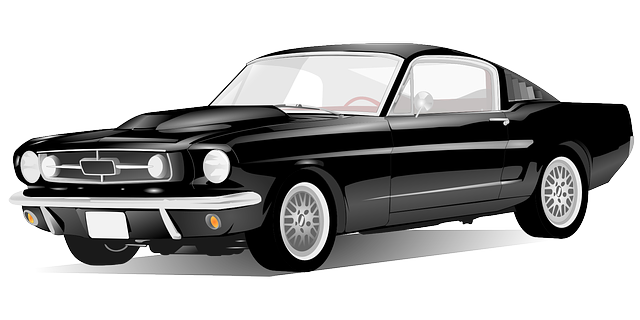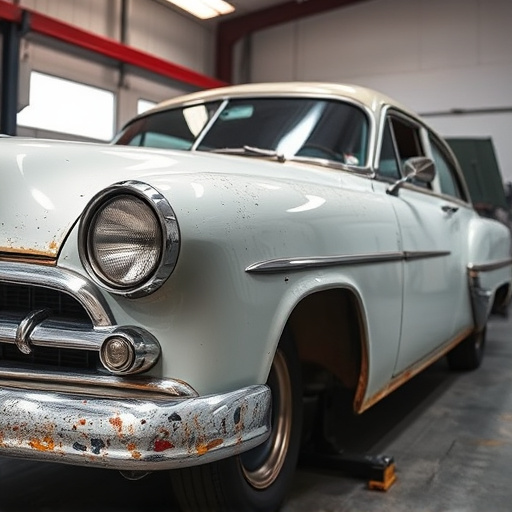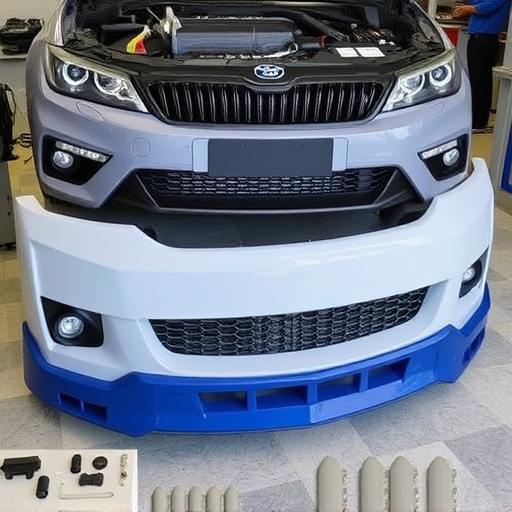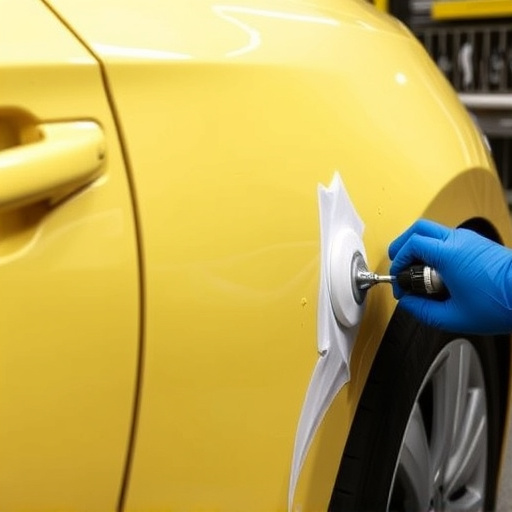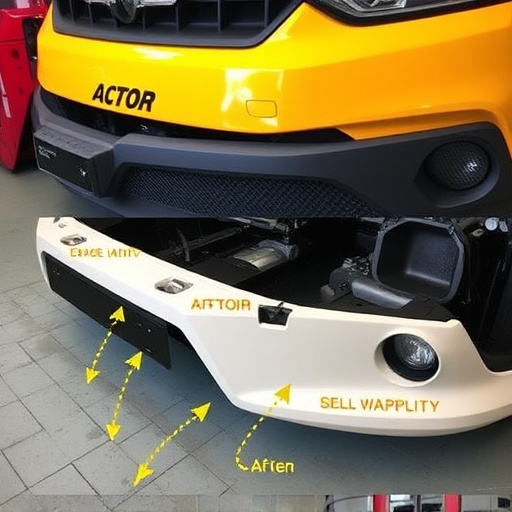Mercedes gap measurement is a critical step in adhering to the STAR Collision Repair Protocol, ensuring structural integrity and precise alignment for vehicle repairs or replacements, especially for Mercedes vehicles known for their craftsmanship. Accurate measurements maintain aesthetic perfection, prevent future issues like rust, and meet the brand's high standards. Precision in this process guarantees both visual appeal and safety, while adherence to stringent protocols ensures customer satisfaction and upholds collision repair specialists' reputations in a competitive market. Integrating Mercedes gap measurement into workflow requires strategic implementation, staff training, and regular tool calibration for efficient fender repairs and outstanding car body restoration outcomes.
Mercedes Gap Measurement is a vital component of the STAR (Safety, Technical, Aesthetics, and Repair) Collision Repair Protocol, ensuring precise and effective repairs. This critical step involves accurately measuring the gap between the vehicle’s body panels after damage, playing a pivotal role in restoration quality and customer satisfaction. By integrating this metric into collision repair workflows, shops can achieve superior outcomes, maintaining Mercedes-Benz’s high standards and enhancing client trust. Understanding and implementing accurate gap measurement techniques are key to successful STAR-compliant repairs.
- Understanding the Mercedes Gap Measurement: A Critical Step in STAR Collision Repair
- The Role of Precision: How Accurate Gap Measurement Impacts Repair Quality and Customer Satisfaction
- Implementing the Metric: Practical Tips for Integrating Mercedes Gap Measurement into Your Collision Repair Workflow
Understanding the Mercedes Gap Measurement: A Critical Step in STAR Collision Repair
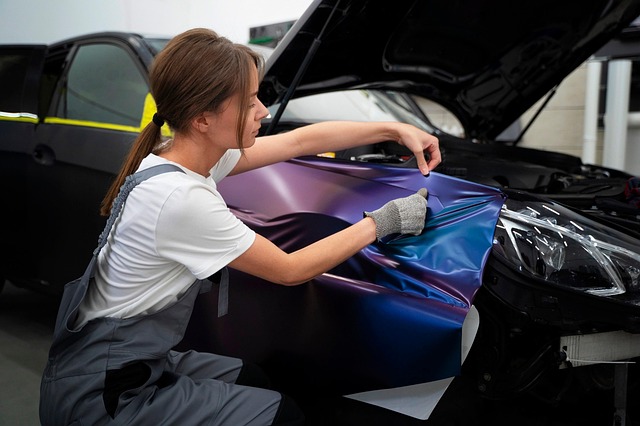
Understanding the Mercedes Gap Measurement is a critical step in adhering to the STAR (Structure, Technique, and Repair) Collision Repair Protocol. This precise process involves gauging the gap between the car’s body panels and fenders, ensuring accurate alignment during repair or replacement. It’s not just about achieving aesthetic perfection; proper gap measurement ensures structural integrity, preventing future issues like rust or misaligned bodywork.
In the context of Mercedes vehicles, known for their craftsmanship and attention to detail, this measurement becomes even more vital. Accurate gap measurement facilitates seamless car body restoration, be it fender repair or more extensive bodywork. By adhering to the STAR protocol and focusing on the Mercedes gap measurement, collision repair specialists can deliver top-tier results that match the high standards set by the brand.
The Role of Precision: How Accurate Gap Measurement Impacts Repair Quality and Customer Satisfaction

Precision is paramount when it comes to Mercedes gap measurement, a critical aspect of the STAR Collision Repair Protocol. Accurate measurements ensure that every detail of the vehicle’s restoration is spot-on, from panel alignment to paint finish. Inaccurate gaps can lead to visible imperfections, affecting not just the overall aesthetic appeal but also the structural integrity of the car. Customers expect top-tier auto body services, and delivering on that promise hinges on meticulous Mercedes gap measurement techniques.
Proper measurements are crucial for achieving seamless car bodywork services, ensuring that repairs match the original manufacturing standards. It’s about more than just visual perfection; it impacts the safety and resale value of the vehicle. By adhering to stringent gap measurement protocols, collision repair specialists can guarantee customer satisfaction and maintain the reputation of their auto body services in the competitive market.
Implementing the Metric: Practical Tips for Integrating Mercedes Gap Measurement into Your Collision Repair Workflow
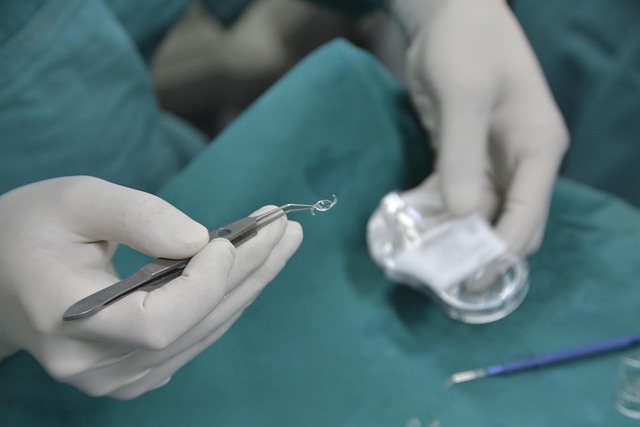
Implementing Mercedes gap measurement into your collision repair workflow requires a strategic approach and understanding of its benefits. Start by integrating this metric during the initial assessment phase, allowing for accurate identification of damage extent. This data-driven practice ensures that every repair, from minor fender benders to complex car body restoration, aligns with Mercedes’ stringent quality standards.
For seamless integration, consider training your staff on the precise measurement techniques and utilizing specialized tools designed for this purpose. Regularly reviewing and calibrating these tools is essential to maintain accuracy. By adopting these practical tips, your collision repair shop can seamlessly incorporate Mercedes gap measurement, enhancing efficiency in fender repair and contributing to outstanding car body restoration outcomes.
Mercedes gap measurement is a vital part of the STAR Collision Repair Protocol, ensuring precise and high-quality repairs. By accurately measuring the gap between the vehicle’s components, repair technicians can achieve superior alignment and cosmetic results. This metric, when implemented correctly, enhances customer satisfaction by delivering meticulous work that meets Mercedes’ stringent standards. Incorporating practical tips for integrating this measurement into collision repair workflows is key to staying competitive in the automotive industry.
